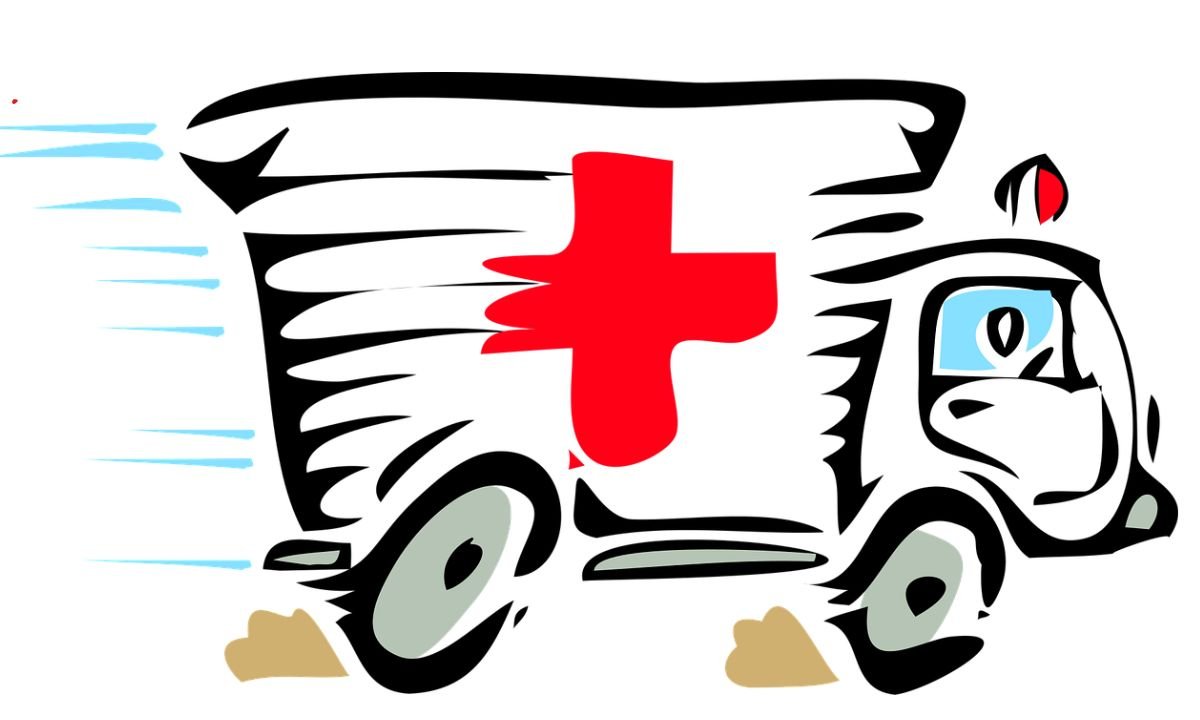A classic trek in the Himalayas and one of the best treks in Nepal, the ABC trek offers some of the world’s most spectacular mountain walks. It is an exciting quest through some of the most diverse scenery on the planet – from precipitous cliffs to lush green farmland (yes, you can farm things at 4,000), all blooming with multicoloured rhododendrons. As the trekkers continue to ascend higher, toward their base camp at 4,130 meters, the world becomes increasingly remote, and the potential dangers — all of which are manageable if one is prepared for them — must be taken seriously.
It is that, and correctly dealing with a trekking emergency on ABC is not only good planning, it is the backbone to a safe high altitude expedition. All trekkers must know the systems for coping with anything from a scratch to a life-threatening illness. In this complete guide, I will walk you through the fundamentals, plus what should be happening in and during an ABC trekking emergency, pre-trek preparations and processes to ensure you can plan life-saving procedures in amongst one of the world’s most infamous sets of mountains – The Annapurnas.
Ready Or Not: Trekking Preparedness Basics on ABC
Robust Response in an Emergency begins hours before you step on the trail. The ABC trek emergency preparedness single most important thing you can do is have the correct travel insurance in place BEFORE something terrible happens while on the Annapurna Circle trek. Your policy MUST provide coverage for high altitude trekking, and your insurance must cover at least 4,200 metres (14,000 feet) above sea level AND provision for emergency helicopter rescue. If you don’t have such insurance, an airlift to a major medical facility — the fastest way out of remote terrain — can quickly cost tens of thousands of dollars. Other than insurance, a well-stocked person’s first aid kit should be easily accessible. This should include any personal medications, blister treatment, a pain-reliever such as ibuprofen, and some antiseptic wipes. If you carry them at altitude, you will want prescribed altitude sickness medication (i.e., Acetazolamide or Diamox to use the drug’s brand name)
Prehospital identification and treatment of altitude illness: a review of the literature.
It’s the drill, with no wiggle room: Do NOT GO HIGHER. For mild to moderate AMS, rest at the same elevation is employed as the first line of treatment. But if it gets any worse or there is exertion of the same kind, rapid descent is required. Not descending can lead to deadly and serious High Altitude Pulmonary Edema (or HAPE) or High Altitude Cerebral Edema (HACE), both true emergencies requiring immediate descent and frequently emergency helicopter evacuation.
The most frequent types of injuries, together with basic on-the-trail (first aid).
That the rough steps and undulating surface of the ABC trail, counter-intuitively one that, despite offering up but a few twisted ankles or flesh wounds in the form of rips and strains or strains and minor cuts here and there, can really elbow you right in the trekking gut on our ABC walk if not carefully watched after. For minor scrapes and cuts: clean the wound nicely with soap and water, apply an antiseptic ointment, and a bandage. For extra critical injuries, at the side to a sprained ankle, comply with the R.I.C.E. protocol: relaxation, Ice (if you can discover snow or bloodless water), Compression, and Elevation. Wrap a capacity fracture in a splint and restrict walking! Your guide is trained in basic wilderness first aid, and in most cases, his care on the trail will be adequate, but having your items ensures there’s a much more sterile and faster response for physical rescue on the ABC trek.
Handling environmental risks: climate and landslides.
The climate of the Annapurna region could be pretty unpredictable, especially in the shoulder and winter seasons. An enjoyable trek turns into a potential Trekking Emergency in the ABC trail, snowed under, or foggy, and even rained upon out of the normal time. Should you be caught up in the bad weather,r – head for your nearest teahouse and wait it out. By no means try to circulate-hop after heavy rain, and in no way traverse the sections of fells laid low with rock-fall hazard at once after such situations. If the path becomes impassible because of a landslide or other obstruction, comply with your manual’s lead (there are trade routes they realize about and secure ready areas). Carrying adequate rain and cold protection, you’d keep environmental trekking emergencies from ABC Trek miles away from ABC Trek.
Team Work and Crisis Management in an ABC Emergency.
A genuine trek emergency on the ABC Trek is high-pressure and needs a cool head. If you’re here with a group, the guide takes over. A registered official spokesperson who makes crucial decisions, if you are in a small group. Divide and conquer: one person takes care of the patient, while another partner stays on top of supplies and logistics; a third cultivates strong lines with the outside world. Try to keep the victim warm, comfortable, and under close watch. Rational and logical problem solving prevents the family from converting a locally bad situation into The Great Trekking Disaster on the ABC.
Village health, where applicable, and Community-Based Health Posts
Limited medical treatment is available, but Chhomrong and Jhinu Danda on the Annapurna Base Camp Trek trail have basic health posts or a medical clinic. These services, often staffed by seasoned professionals, may be able to provide a check-off to address the most common symptoms (like bad GI issues) or tell you to descend. Definitely take advantage of the local resources as part of your first line/first 24-hour assault on a mild trekking emergency on the Annapurna Base Camp hike before evacuations are necessary. They can also offer important validation of a person’s situation to help hasten insurance approval for a helicopter rescue.
Post-Emergency Procedures and Follow-Up Care
Short term: As soon after the emergency occurs when the trekkers are evacuated from ABC trek and taken to a hospital in either Pokhara or Kathmandu for follow-up treatment. The trekking agency or the local agent needs to have communication with the hospital and insurance to arrange for treatment as well as repatriation if necessary. For trekkers who assisted in one way or another to the rescue yet did not suffer injury themselves, or if even simply debriefing with your agency/guide or fellow trekkers will contribute to release and an understanding of what occurred, everyone must come to some closure on this event. A thorough investigation of the trekking disaster in the ABC trek is crucial for future security.
And last words on what to do if a trekking emergency is encountered.
Knowing how to respond in a trekking emergency is the responsibility of every person who walks the trail: on ABC Trekking — from smart preparation (comprehensive insurance; a fully-fitted first-aid kit) to no compromise on what you will do if you are hit by altitude sickness: descend -the bare minimum. And by taking safety and open communication with the professionals hosting your trip seriously, you are no longer simply a passenger on this Himalaya experience- you become an active player in your own protection – ready for any potential trekking emergencies en route to ABC.
READ ALSO: Cyber Resilience Strategies for Healthcare Organizations in a Digital Age

